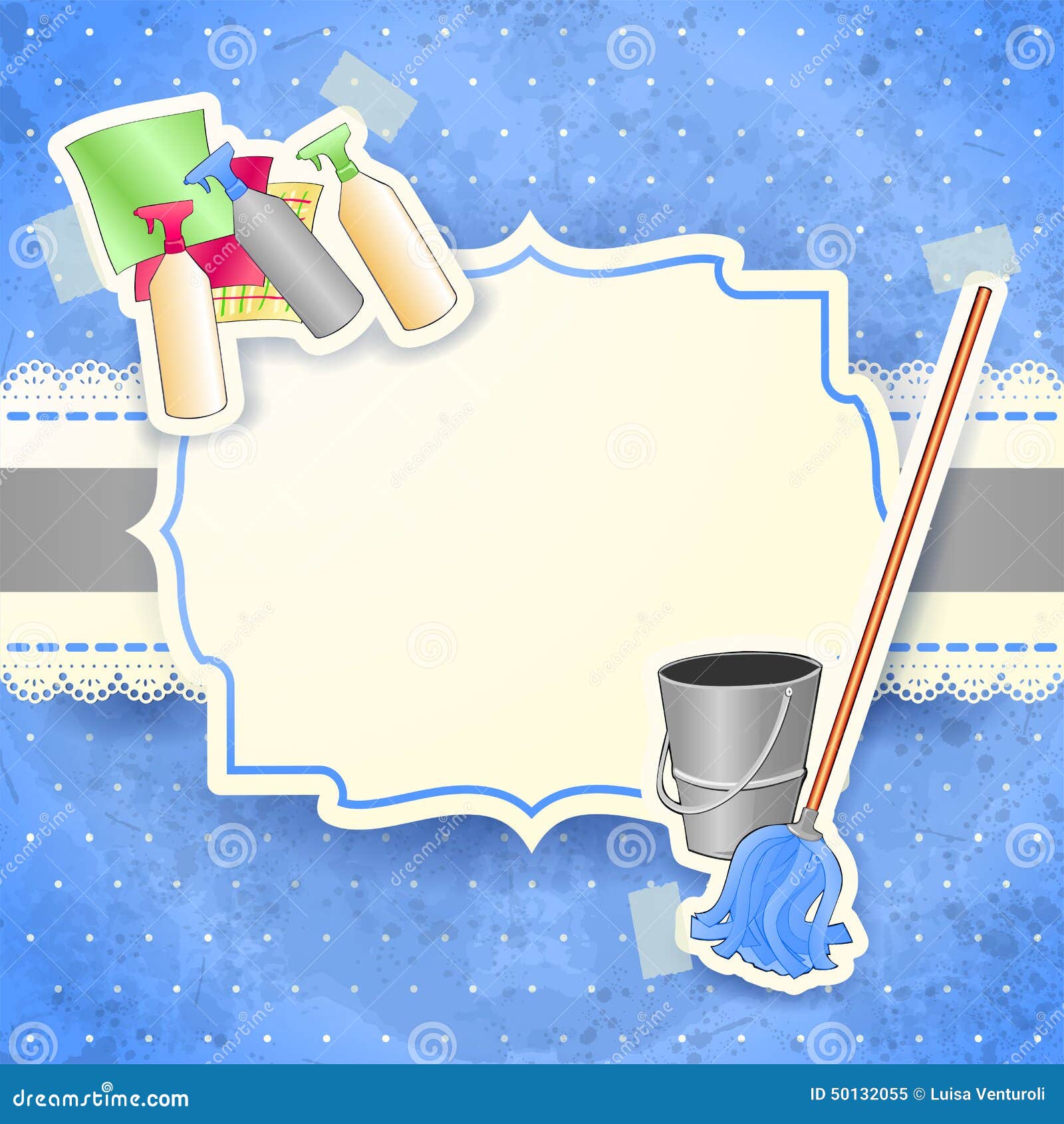If you want to clean up a computer and fix problems for free, start by rebooting the computer. If you want to remove adware on Windows, open the Control Panel and click on the option to “uninstall a program.” Find recently-installed programs that you don’t recognize, then select the program and click the “Uninstall” button. Replace with a better program. I recommend either NOD32 (commercial) or Avast (free). Avira is also good but the free version has an unpleasant nag screen. Having a lot of programs starting up when you boot your computer slows down the process. Here's how to improve the performance time when you start up. How to Disable Startup Programs in. Jan 16, 2013 Cleaning up your startup configuration and streamling your start up process is an easy way to boost computer speed. How to Clear up Unnecessary Files on Your PC. The longer you have a PC, the more unnecessary, temporary, or duplicate files will accumulate on your disk. Disable or turn off background apps running in Windows 10. Windows 10 is fast and has no performance issues reported by the users so far, but the number of programs you install and use, your precious system resources are taken away by other system processes Windows runs in the background.
A computer process is the execution of an executable program's instructions. Processes require a portion of your computer's RAM--Random Access Memory--to run their respective programs, and many processes can run without you being aware. This can potentially lead to a lack of sufficient RAM to run your system and subsequent loss of virtual memory or system shutdown. Periodically checking your processes in the Windows Task Manager enables you to keep your computer from running too many processes at once, making your Windows Vista or XP operating system run more smoothly.
Cleaning Up Processes with Task Manager
Step 1
Press Ctrl+Alt+Delete simultaneously to open Windows Task Manager.
Step 2
Look at the list of running programs. Right-click on any you want to close and choose 'Go to Process.' This takes you to the Processes tab and highlights the system process associated with that program.
Step 3
With the appropriate process highlighted, click the 'End Task' button at the bottom of the Task Manager Window. A message will appear, warning you of possible system instability. Choose 'End Now.' According to Microsoft, you should save any data in applications whose processes you end, because the program ends instantly without opportunity for programs such as Word to create a recoverable copy of your document.
If you want to end the main process and any sub-processes, right-click the process and choose 'End Process Tree.'
Cleaning Startup Processes
Step 1
Click 'Start,' then 'Run.' Type 'msconfig.exe' into the command line. This opens the System Configuration Utility.
Step 2
Uncheck the boxes next to processes you don't want to automatically launch on startup. Before unchecking something, though, make sure you know what it is. ScanRegistry and SystemTray should be left as-is. Also, any 'svchost.exe' or similar program, if you intend to listen to music or use audio. This executable controls your sound cards and drivers.
Video of the Day
- keyboard #4 image by Adam Borkowski from Fotolia.com
More Articles
Bobby Ekwere asked 'Is there any free software that allows me to see and disable unwanted programs running in the background?'
Probably, but I know something better than free software for this job: software that comes with Windows. All current versions of Windows come with a tool to help you trim back what's running at the moment.
The look, behavior, and feel of this tool changed drastically (and for the better) with Windows 8. I'll cover Windows 7 and Windows 8 here, but the Windows 7 directions should work reasonably well with XP and Vista.
[Have a tech question? Ask PCWorld Contributing Editor Lincoln Spector. Send your query to answer@pcworld.com.]
The tool is called Task Manager. To open it, right-click the taskbar and selecting Task Manager or Start >Task Manager,depending on your version of Windows.

In the Windows 7 version, the Applications tab displays currently-running applications.
But what's the difference between an application and a program?

In this context, an application is a program with its own window--either visible on the desktop or minimized to the taskbar. For instance, your browser, if it's running, is an application and is listed here. Your antivirus program won't show up in this list until you double-click the tiny icon in the notification area and bring up the window.
All applications can be closed from within the application--you just click the X in the upper-right corner. But if that doesn't work, you can use the End Task button on Task Manager's Applications tab.
But if Windows is overloaded, the problem is probably not applications, but processes--threads of code running in the background. So click the Processes tab. As I write this, the Task Manager tells me that I'm running three applications, but 134 processes--16 just for Chrome.
The Processes tab is laid out as a table, and like most Windows tables, you can sort it by clicking the column headings. Click Image Name, and you alphabetize the processes. Click CPU, and you can see which processes are hogging the processor (most aren't). Click Memory, and you'll see which ones are hogging RAM.
To stop a process, click the End Process button, and confirm that that's what you really want to do.
The Windows 8 version behaves much the same way. The window is better designed and easier to read, and there are a few important differences.

How To Clean Up Background Programs
First of all, there's no Applications tab. But you'll see both applications and Metro/Modern Interface apps listed at the top of the Processes tab.
This layout allows you to see programs and processes together. Windows places icons next to the processes to help you figure out what program launched them.
But you might notice that the Processes tab lacks a Description column--a seemingly serious deficiency if you're trying to figure out what a process does. But there's a solution. Right-click the process you're wondering about and select Go todetails.
Clean Up Startup Programs
This will take you to the Details tab, where the Description column now lives. It will also take you to the same process, so you don't have to look for it again.